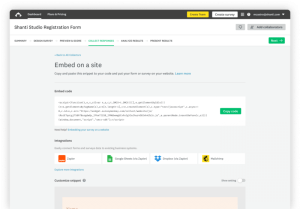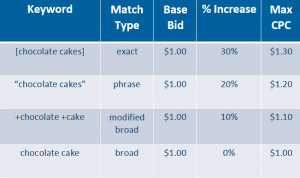Black Friday has gone from being a US-based novelty to one of the single biggest shopping events in the UK calendar.
During this critical period, retailers will be optimising their online stores, making sure that they are secure and that they will be able to cope with traffic. But new research has shown that poor payment security could be costing merchants big. Rather than this being from fraud, however, it’s happening through turning away legitimate customers.
Black Friday weekend is a boom time for fraudsters, with consumers coming under attack from scammers as never before. While this threat is not to be taken lightly, recent research suggests that there is a bigger threat to merchants: false declines.
Black Friday and false declines
A false decline is when a merchant or issuer’s security systems flags a non-fraudulent transaction as fraudulent and, thus, refuses it.
Evidence around false declines suggests that they are actually more costly than fraud. The value of false declines per year now stands at $ 118bn and this is more than 13 times the $ 9bn lost annually to card fraud, according to Javelin Research. Javelin estimate that over the past year, one in six cardholders has experienced a false decline because of (incorrectly) suspected fraud.
False declines can be a real headache for consumers. A card being declined can lead to the card issuer blocking that card, necessitating lengthy calls and security processes to get the card unblocked.
That sort of experience, with the frustration of having a transaction declined combined with the frustration of having to unblock a card, is not likely to endear a consumer to either the retailer or their bank.
Tackling false declines
Fundamentally, tackling false declines relies on having a robust fraud prevention system in place. Fighting fraud isn’t simply about keeping out the criminals; it’s about letting in the honest shoppers too. This requires sophisticated technology and there are plenty of providers out there who can offer it. No matter what, though, at its heart a robust and simple method of authentication that both the merchant and consumer trust has to be present.
One of the fundamental flaws with remote transactions is that there is often no sure-fire way to demonstrate that the person making the card payment is the legitimate card holder.
This means that fraud prevention software has to use a complex set of risk rules to gauge against expected behaviour of shoppers. So, for example, if it is a first-time shopper buying a big-ticket item, this will be flagged up as being more likely to be fraudulent.
Yet Black Friday is all about picking up big-ticket consumer goods at prices that, while knocked down, are still expensive. And it is also about attracting new consumers. So, with this in mind, it isn’t surprising that false declines are a threat on Black Friday.
Beating them, then, means consumers being able to prove that they are the legitimate holders of the card they are using. And this means being able to authenticate themselves in a quick and easy fashion.
There are methods on the market which facilitate this, using factors such as biometrics, machine learning, PIN and password in various combinations. All of these can help cardholders authenticate themselves and demonstrate that they are who they say they are.
Getting this right will mean fewer false declines. And fewer false declines will make for a better Black Friday weekend.
This article was first published in PaymentEye.
Digital & Social Articles on Business 2 Community(37)






